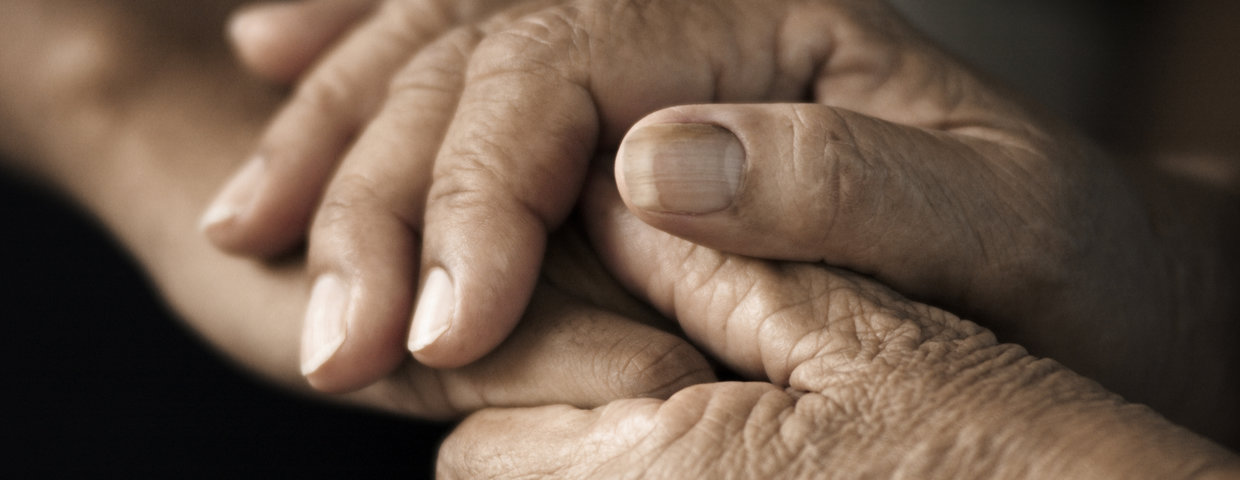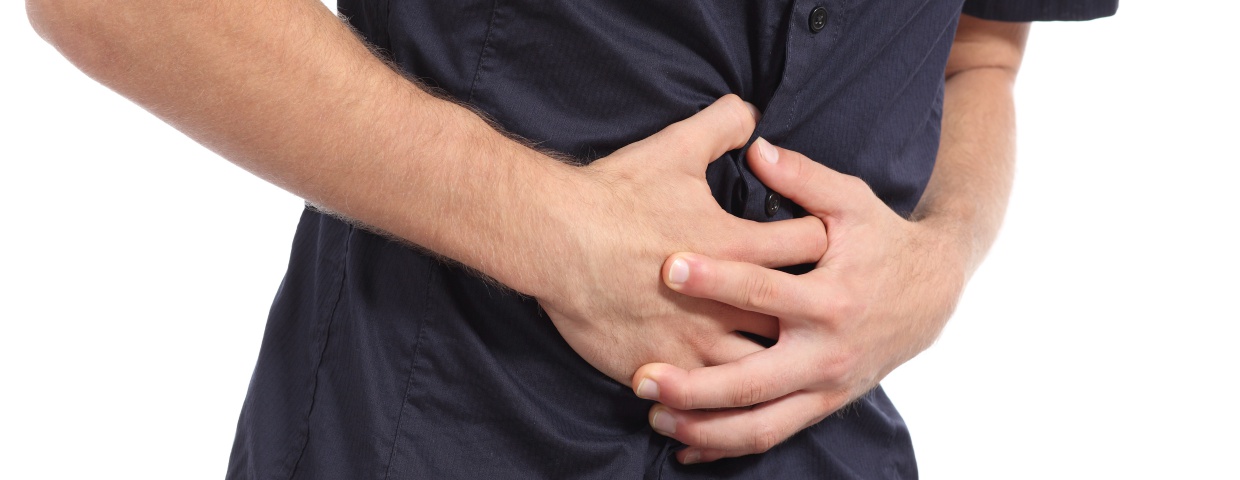3 Sternal Precautions You Need to Follow After Surgery
After heart surgery, it’s normal to want to return to everyday activities. Your routine will occur with time, but first, your body needs proper rest to heal the sternum after the procedure. To ensure that you recover and advance at the appropriate rate, there are precautions to take for sternum stabilization.
1. Avoid Lifting Heavy Weights
It can be difficult to adjust to limited exercises, but it will help speed up recovery time. If you are used to performing arm exercises, do not lift anything heavier than ten pounds. For the first eight weeks of your recovery, you should only raise one-half or one pound weights to improve sternum stabilization. Ten bicep curls on each side is a gentle start. Make sure to have a pillow or some form of security harness to protect your sternum.










